In 2024, the western United States, particularly California, continues to grapple with an alarming increase in wildfires. This surge in fires has devastated countless homes, leading to a spike in insurance claims. As homeowners seek financial relief, the insurance industry is feeling the strain. The rising number of claims is creating a ripple effect that extends beyond individual policyholders, impacting the entire insurance ecosystem.
Reinsurers Applying Pressure
Reinsurers, the companies that provide financial backing to insurance carriers, are facing unprecedented losses due to these frequent and severe wildfires. Last year Spokane, WA and Lahaina, HI (see map below) were the latest to be hit with devastating wildfire losses. As a result, they are tightening their terms and conditions, leading to higher premiums and reduced coverage for primary insurers. This has forced insurance companies to reconsider their risk exposure in high-risk areas, such as California, where wildfire activity shows no signs of abating.
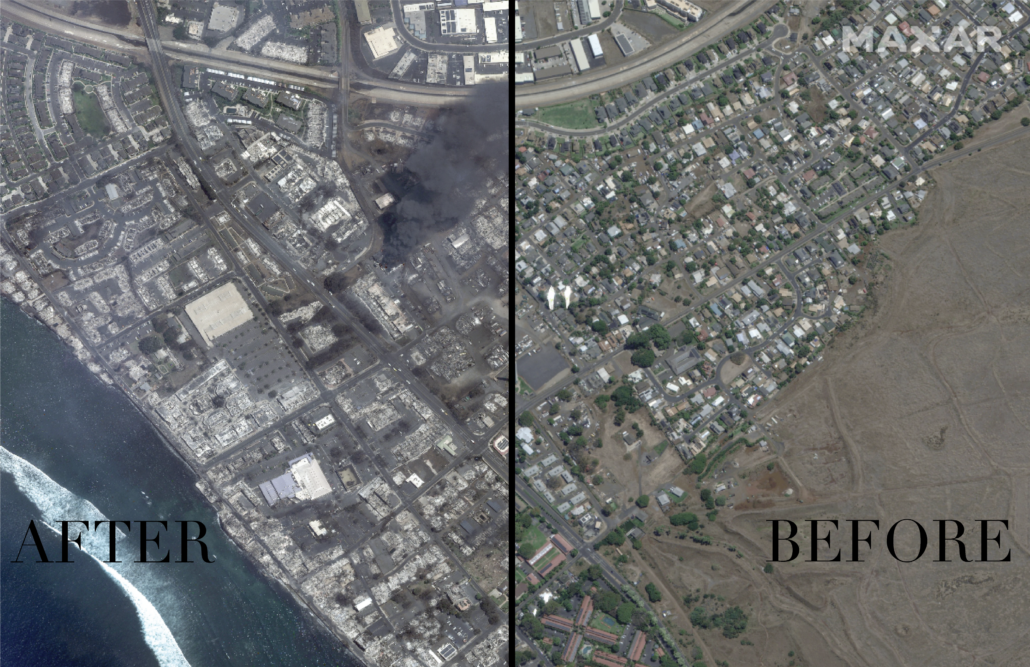
Before and After from the City of Lahaina after last summer’s devastating wildfire. The damage, according to Bloomberg, is estimated to have cost insurers 3.2 billion.
Major Insurers Pulling Out or Changing Strategies
The mounting pressure from reinsurers and the escalating risk of wildfire losses have led several large insurance carriers to withdraw from certain markets or drastically change their approach. In California, this has become a significant issue, with some major insurers pulling out of writing new homeowner policies in fire-prone regions altogether. Others are shifting from admitted to non-admitted insurance, which offers more flexibility but less regulatory oversight.
For homeowners, this shift means fewer options and potentially higher costs for coverage, as non-admitted insurers can charge higher premiums and offer less favorable terms. Many are turning to alternatives like California’s FAIR Plan, a state-mandated insurance pool that provides basic fire insurance to those unable to secure traditional coverage. Both non-admitted insurance and the FAIR Plan are last-resort options, offering limited coverage for fire-related perils without broader protections like liability or theft coverage.
Department of Insurance Getting Involved
These major changes have forced the CA Department of Insurance to act as well. They’ve created a discount program called ‘Safer from Wildfires‘ which aims to give homeowners credit for hardening their homes against wildfire threats. The hope is that the program invites admitted business back, lowers the carrier’s perceived risks at the property level, and in turn lowers rates and increase options. So far very few, if any, carriers have adopted the program fully. As wildfires become more frequent, the future of affordable and accessible wildfire insurance in the western U.S. remains uncertain.

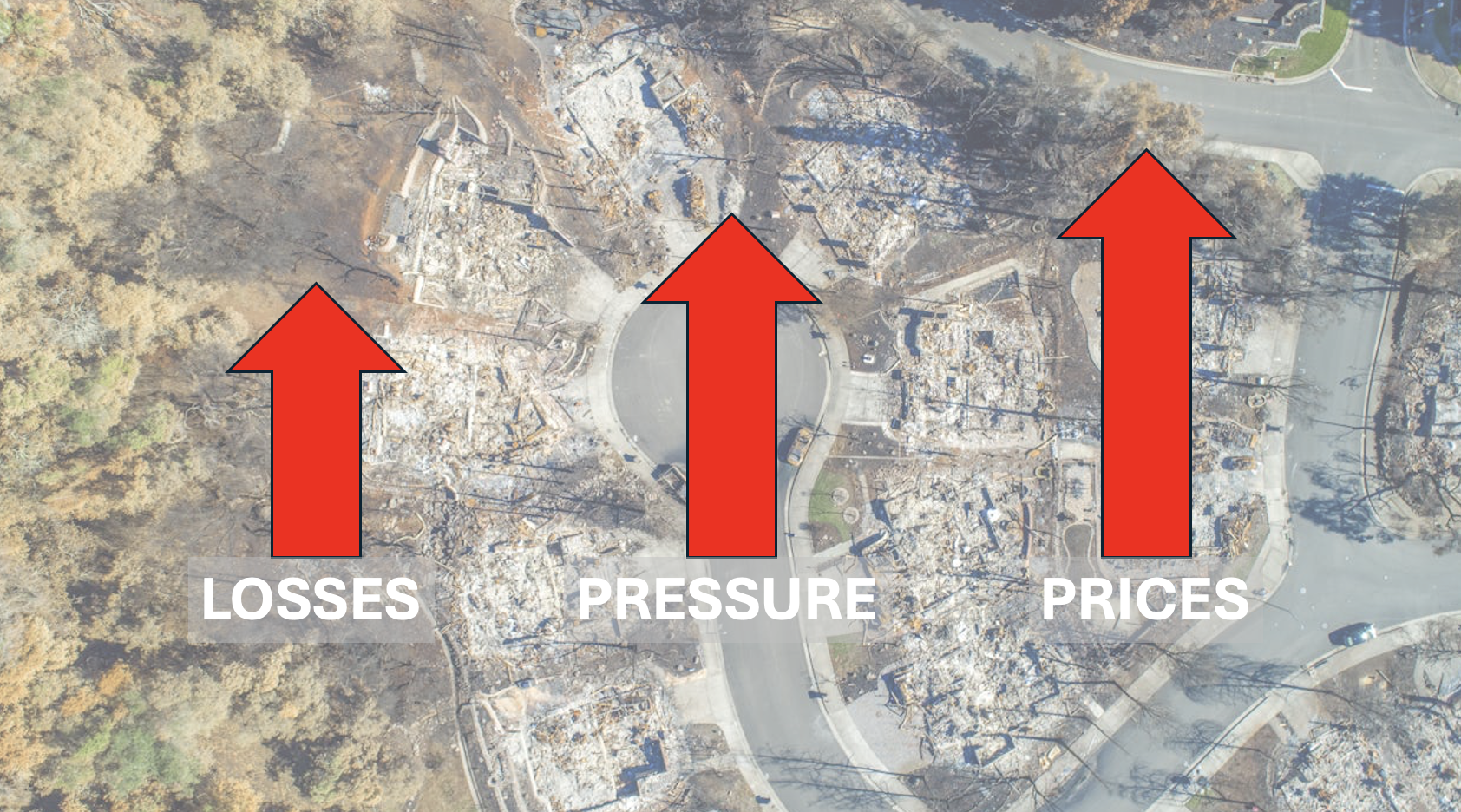
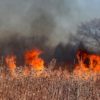
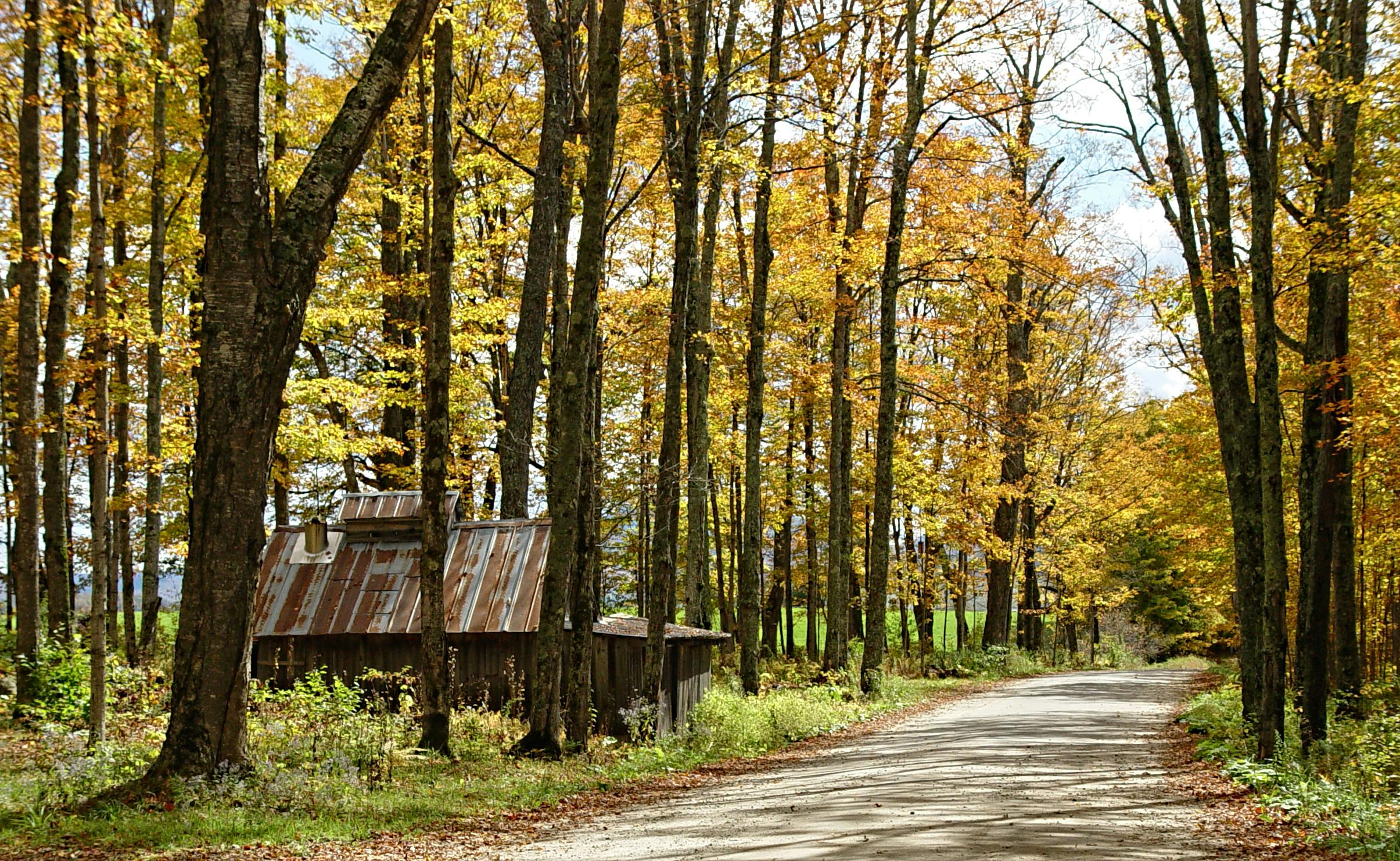
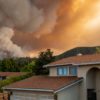
One Comment